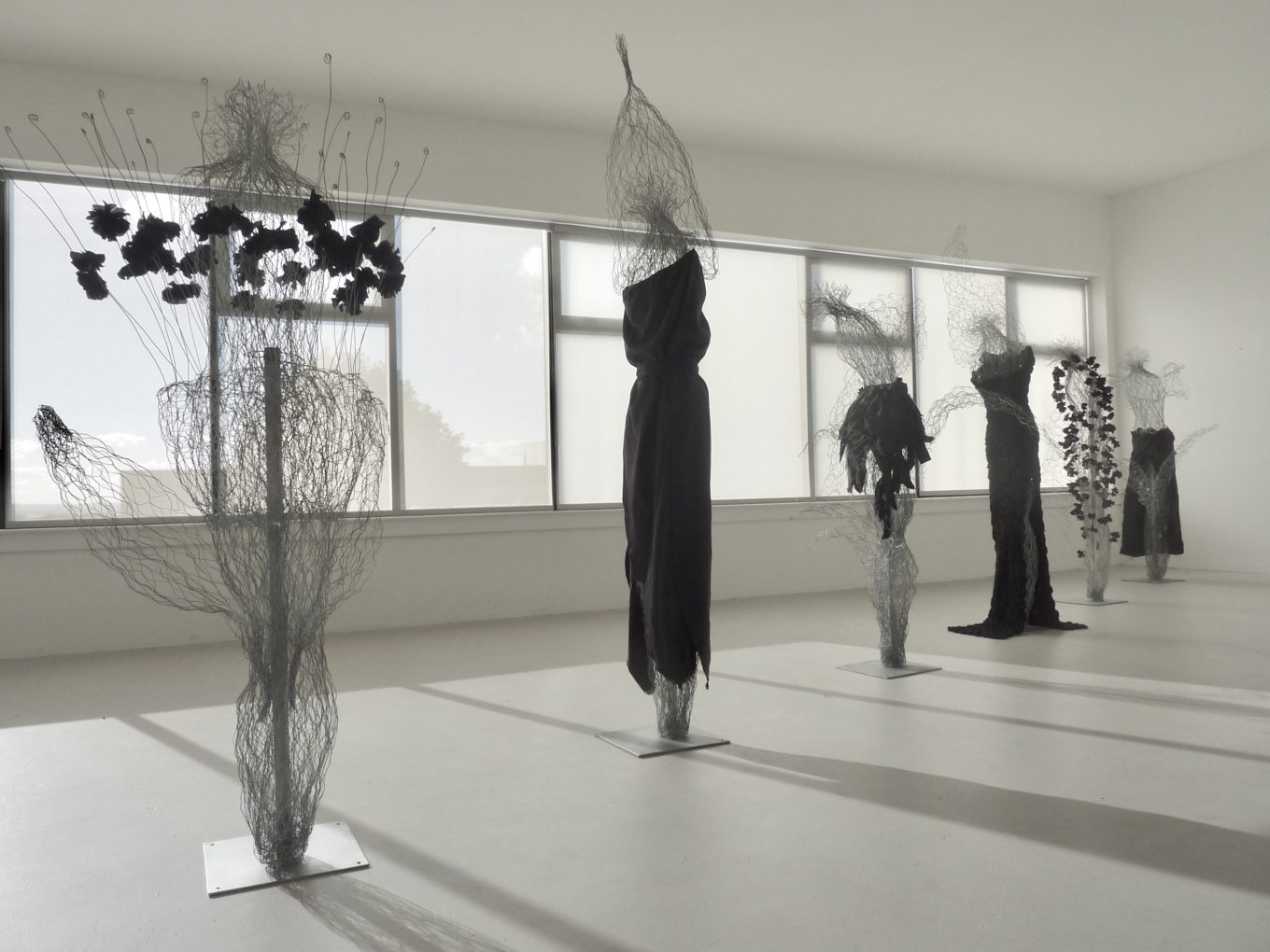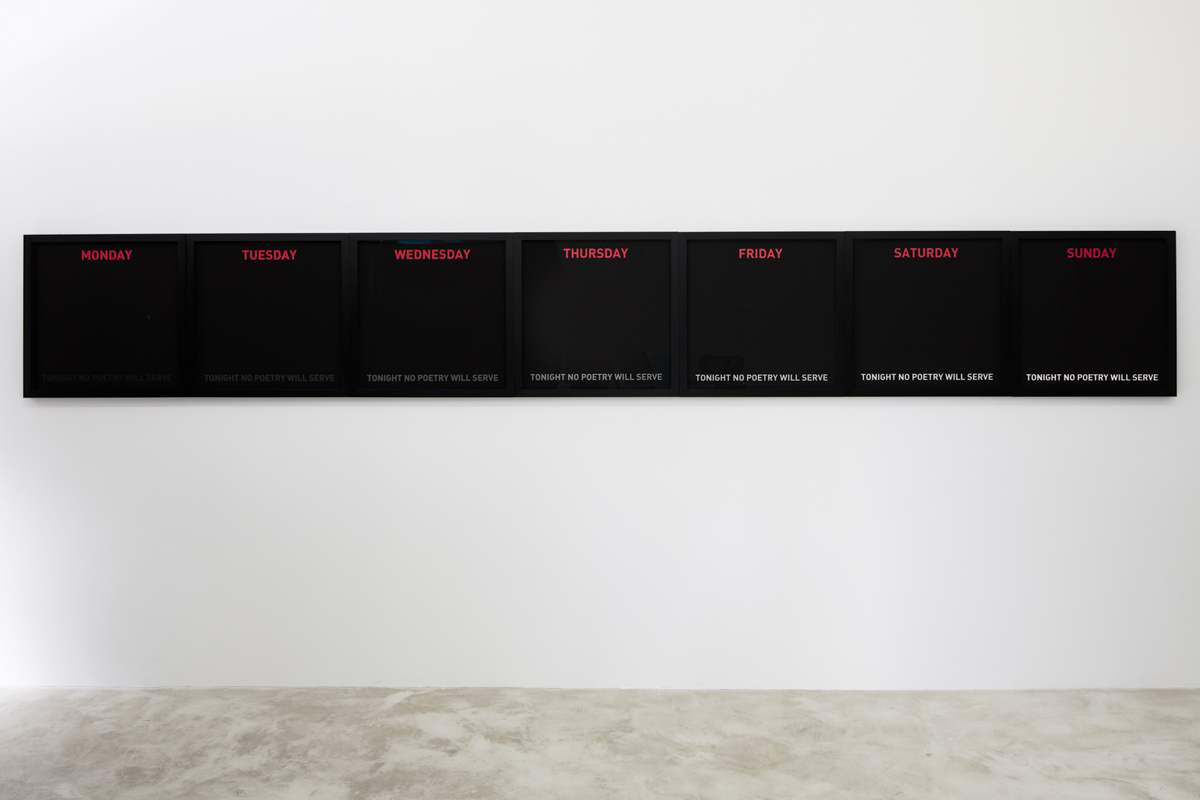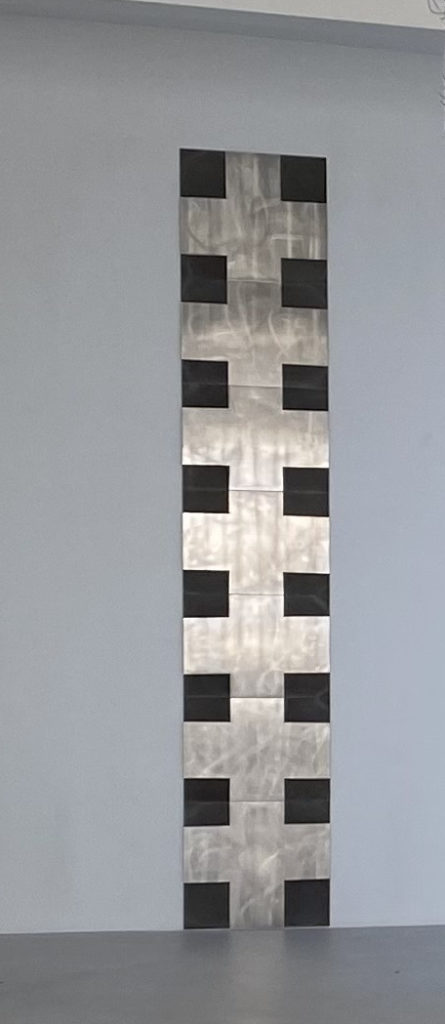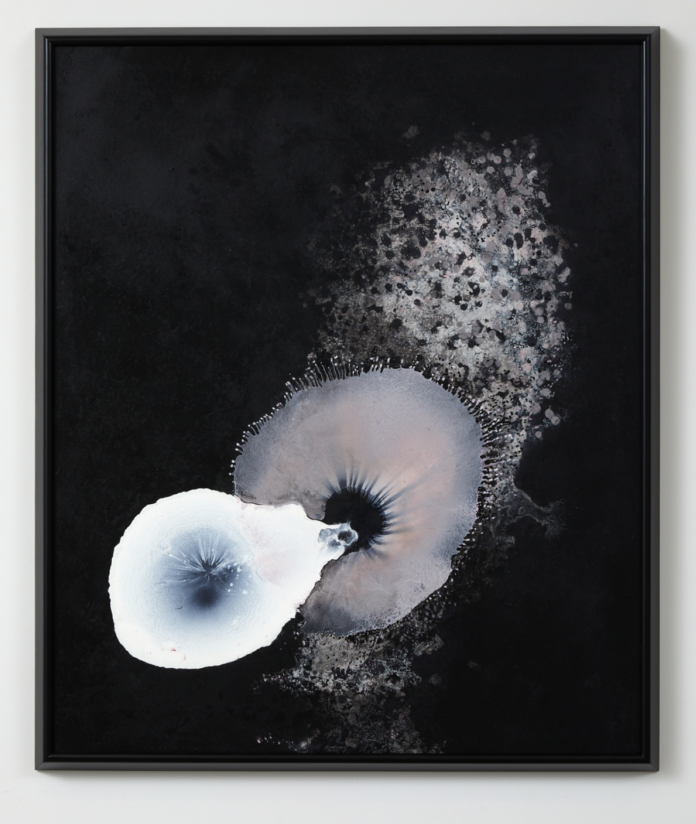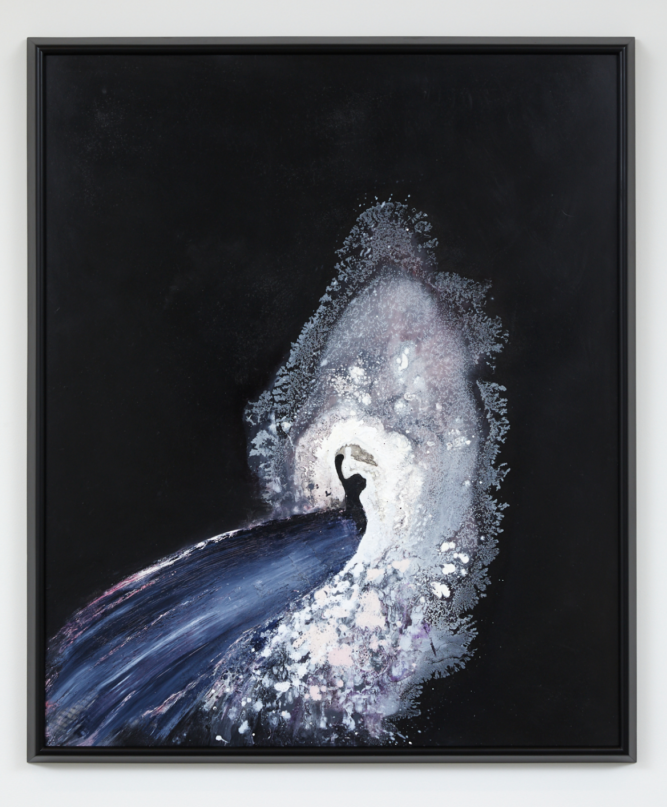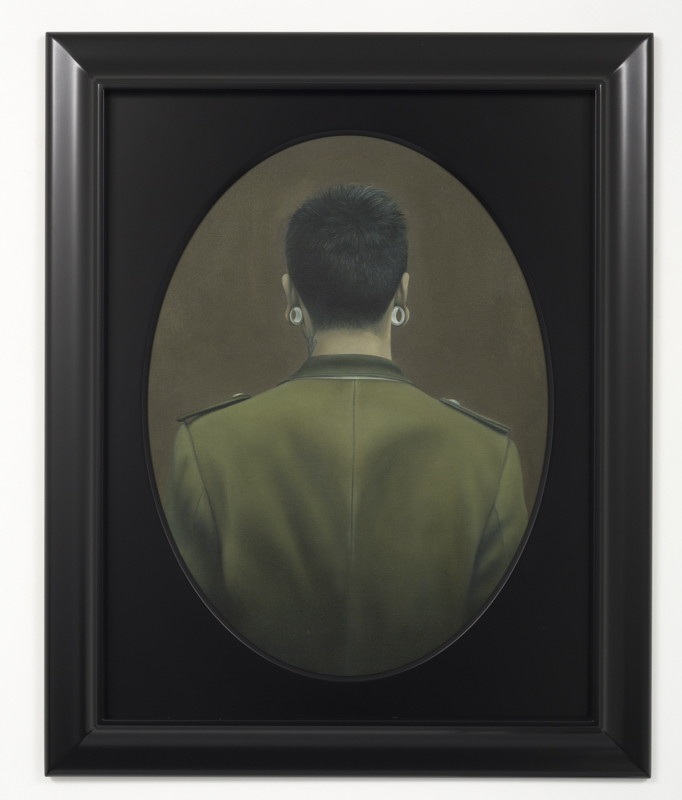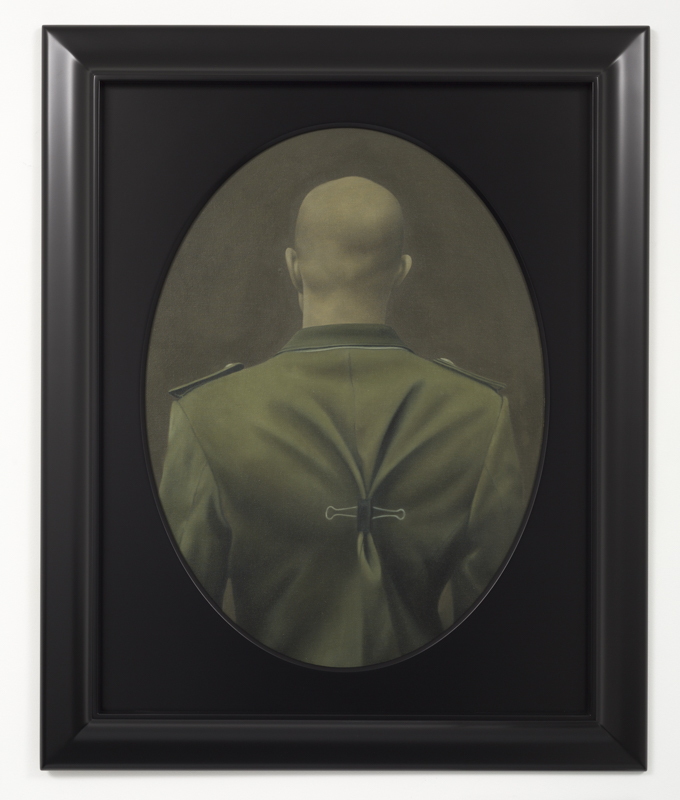Trish Clark Gallery is pleased to re-open after prolonged Covid restrictions with Marie Shannon’s solo exhibition in the main gallery, and in the front gallery a group exhibition, SIGNS OF THE TIME, featuring recent works by Stephen Bambury, Alfredo Jaar, Julia Morison, Kazu Nakagawa & Salome Tanuvasa, and Heather Straka. The exhibition offers a poignant and timely response to current global conditions, marked by loss, sorrow, rapidly escalating risks to the environment and humanity through climate change, identity politics, war and an avalanche of misinformation and disinformation, these artists don’t shy from hard truths, but bring grace and hope to their expressions of tough realities.
Bambury’s productive preoccupation for over forty years with the square, circle and cross has yielded a body of work that mines rich seams, fusing intellectual and emotional content with material form. The central importance of materiality to Bambury’s practice is underpinned by comprehensive technical investigation; he has mastered the use of copper, aluminium, paper, resin, graphite, precious metal gilding, chemical patinas and rust. Mechanically activated stainless steel dances in this new work Melancholia (Durer).
Jaar’s ‘interventions,’ as he calls them, have occupied politically and culturally contested situations of exploitation, oppression and violence for more than thirty years. Trained as an architect and filmmaker, Jaar exploits the politics of image and text to give voice to those denied it. Remaining ever alert to ‘the moral quandary of spectatorship,’ Jaar’s penetrating gaze has been directed onto dictatorship, Brazilian gold mines, famine, injustice, genocide, ethnic and political violence, critiquing mainstream positions with diverse material forms of installations. Conceived ‘in memoriam’ to his friend, poet Adrienne Rich, this is a work for the times.
Known for her capacity to push formal and conceptual boundaries and to challenge conventions and dominant trends, Morison’s use of a spectrum of materials has tested our assumptions and associations – for decades she has worked with substances as varied as blood, excrement, gold, lead, clay, wood, hair, beeswax and mercuric-oxide, finding expression across a variety of media including painting, photography, sculpture and installation. Spellbound expresses in intimate biomorphic terms the larger socio-political machinations of our current global polity.
In this collaboration with Sāmoan-Tongan artist Salome Tanuvasa, Nakagawa presents a sculptural interpretation of the human form using fine silver wire – an elegant filigree that suggests partly faded bodies of which remains only these strangely-transformed ciruclatory systems and tracts. These preternatural figures are shrouded in abstract textile garments created by Tanuvasa, whose designs were inspired by indigenous botanicals like harakeke, kōwhai and pōhutakawa.
Straka’s deep explorations into socio-political and cultural lives have created a significant body of compelling and controversial work in painting and photography. In her series Somebodies Eyes, Straka packages her faceless and androgynous, yet still deeply individual subjects in the same ill-fitting military uniform, hastily improvised to fit with bulldog clips and duct tape. With such a diversity of types, there is an intimation that we are all conscripted in one way or another, as participants, victims, collateral damage or news consumers of the action. At the same time she reminds us that those who do choose to don uniforms of whatever colour or stripe are no less human individuals than ourselves.

